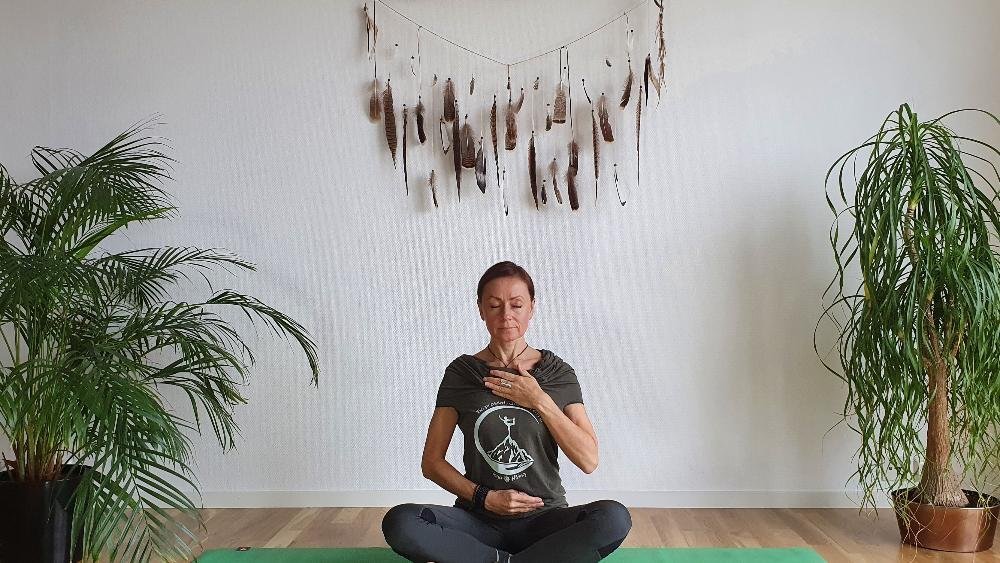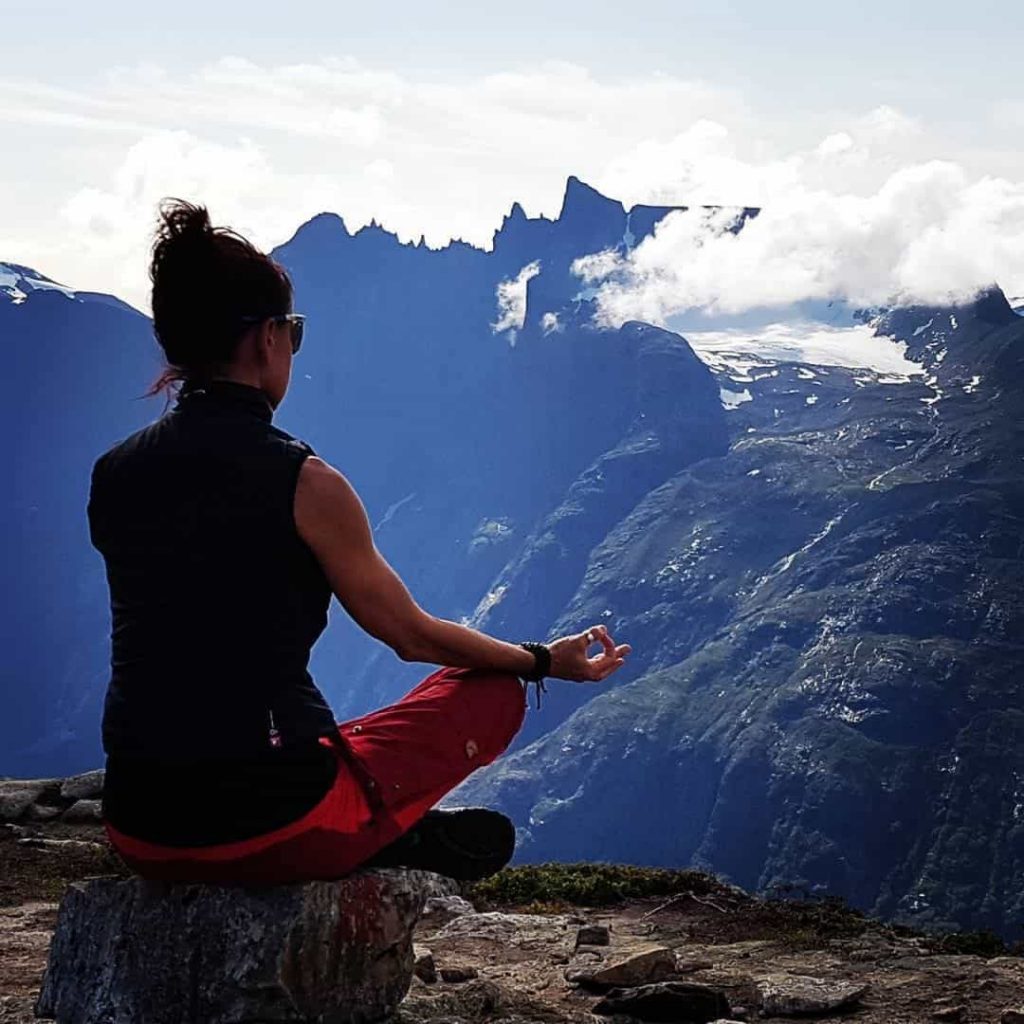
Powerful yogic breathing - Yoga for beginners part 1
The breath- it’s the only thing that’s with you from the moment you’re born to the moment you pass. Breathing unites the body and mind together and can change the way you feel mentally, emotionally, and physically. Although breathing is a spontaneous process, conscious control of it may be taken to learn and develop correct and deep breathing techniques. Rhythmic, deep, and slow breathing exercises result in establishing the natural, relaxed rhythms of the body and mind. Breathing consciously is the essence of yoga as it assists us in connecting with the subtle energy within. It is through the breath that we can navigate different levels of consciousness.
Firstly, connecting with your breath is a method for being present. When you concentrate on each aspect of the breathing process, you are present; you let go of the past and future and are focused on the moment inside the breath. This is why breathing consciously is its meditation. By changing the breathing pattern, you can produce different states of mind. Slowing down the breath has an impact on your emotional state.
The breath is the most vital process of the body. It influences the activities of every cell and, most importantly, is intimately linked with the performance of the brain. Human beings breathe about 15 times per minute and 21,600 times per day. Respiration fuels the burning of oxygen and glucose, producing energy to power every muscular contraction, glandular secretion, and mental process. The breath is intimately linked to all aspects of human experience.
Most people breathe incorrectly, using only a small part of their lung capacity. The breathing is then generally shallow, depriving the body of oxygen and prana essential to its good health. Although breathing is mainly an unconscious process, conscious control of it may be taken at any time. Consequently, it forms a bridge between the conscious and unconscious areas of the mind.
Yogic breathing combines ABDOMINAL (or diaphragmatic), THORACIC, and CLAVICULAR breathing.
It is used to maximize inhalation and exhalation. Its purpose is to gain control of the breath, correct poor breathing habits, and increase oxygen intake.
It may be practiced at any time and is especially useful in situations of high stress or anger for calming the nerves. However, while its inclusion in a daily yoga program will correct and deepen natural breathing patterns, yogic breathing itself should not be performed continually.
Abdominal breathing. Inhale while expanding the abdomen as much as is comfortable, without expanding the ribcage. At the end of the inhalation, the diaphragm will be compressing the abdomen and the navel will be at its highest point. On an exhalation, the diaphragm moves upward and the abdomen will be contracted and the navel compressed towards the spine.
Thoracic breathing. Concentrate on the sides of the chest. Discontinue any further use of the diaphragm and begin to inhale by slowly expanding the ribcage. Feel the movement of the individual ribs outwards and upward, and be aware of this expansion drawing air into the lungs. Expand the chest as much as possible. Exhale by relaxing the chest muscles. Feel the ribcage contracting and forcing the air out of the lungs. Do not use the diaphragm.
Clavicular breathing. Clavicular breathing is breathing into the top third of the lungs and no deeper. Clavicular breathing is accomplished by raising the collarbone (clavicle) and shoulders during the in-breath and keeping the rest of the torso motionless. Clavicular breathing is the most shallow type of breathing. It brings oxygen into only the top third of your lungs.
How to learn and practice yogic breathing
- Sit in a meditation posture or lie in Shavasana and relax the whole body
- Inhale slowly and deeply, allowing the abdomen to expand fully
- Try to breathe so slowly that little or no sound of the breath can be heard
- Feel the air reaching into the bottom of the lungs
- At the end of the abdominal expansion, start to expand the chest outward and upward
- When the ribs are fully expanded, inhale a little more until the expansion is felt in the upper portion of the lungs around the base of the neck. The shoulders and collarbone should also move up slightly. Some tension will be felt in the neck muscles. The rest of the body should be relaxed.
- Feel the air filling the upper lobes of the lungs
This completes one inhalation. The whole process should be one continuous movement, each phase of breathing merging into the next without any obvious transition point. There should be no jerks or unnecessary strain. The breathing should be like the swell of the sea. Now start to exhale.
- First, relax the lower neck and upper chest, then allow the chest to contract downward and then inward.
- Next, allow the diaphragm to push upward and toward the chest.
- Without straining, try to empty the lungs as much as possible by drawing or pulling the abdominal wall as near as possible to the spine. The entire movement should be harmonious and flowing.
- Hold your breath for a few seconds at the end of exhalation.
- This completes one round of yogic breathing.
This completes one round of yogic breathing. At first, perform 5 to 10 rounds and slowly increase to 10 minutes daily. Relax any effort and once again watch the spontaneous breathing pattern. Bring the awareness back to observing the physical body as a whole. Be aware of the surroundings and gently open your eyes.
Consequently, once awareness and control of the breathing process have been established, the clavicular technique is dropped and yogic breathing is modified to become a combination of abdominal and thoracic breathing. The breath should flow naturally and not be forced.
Read the blog post about Pranayama by clicking here.
Yogic breathing for beginners 12-minute YouTube video here.
Yogic breathing for beginners part 2 Ujjayi breathing YouTube video here.
Practice with me link is here.

